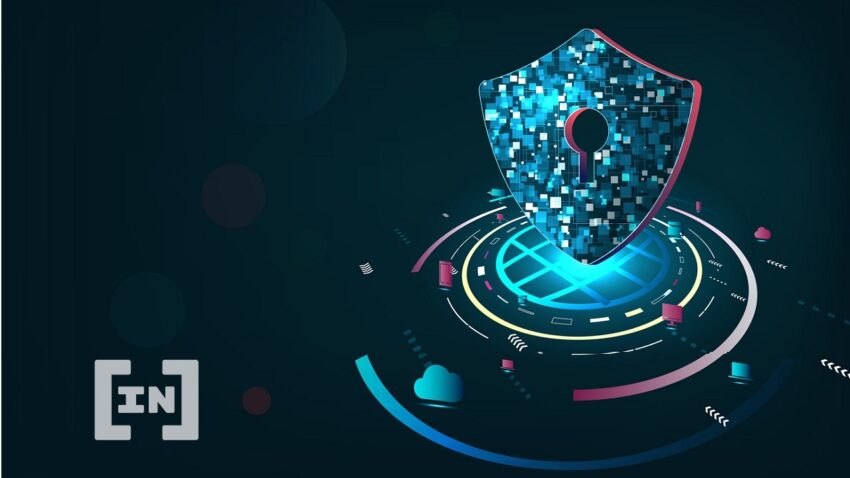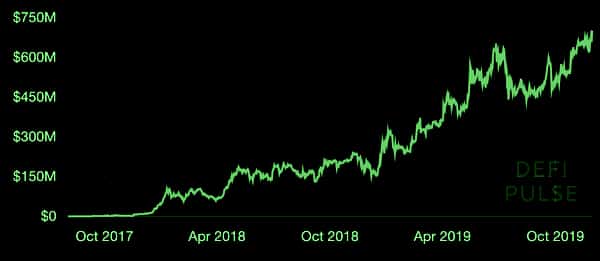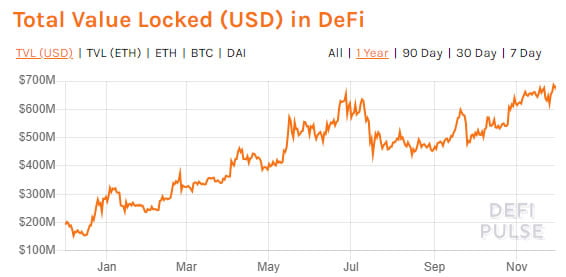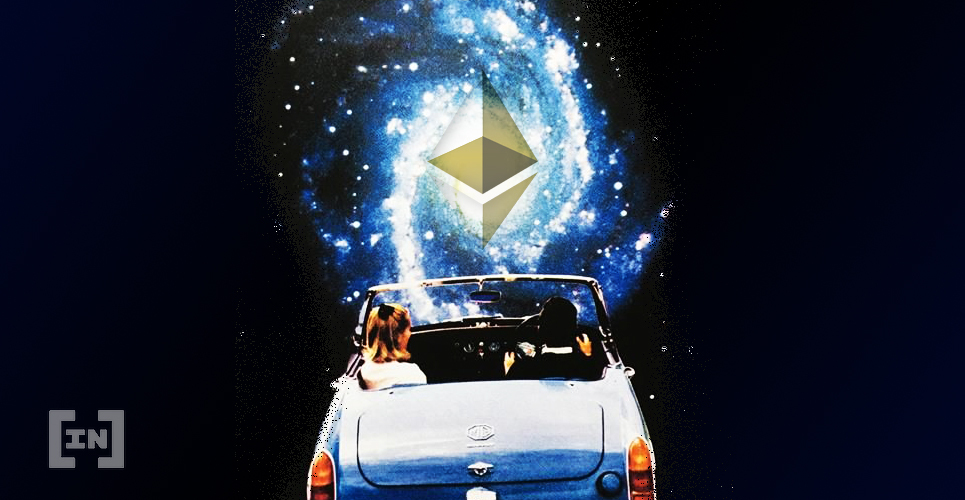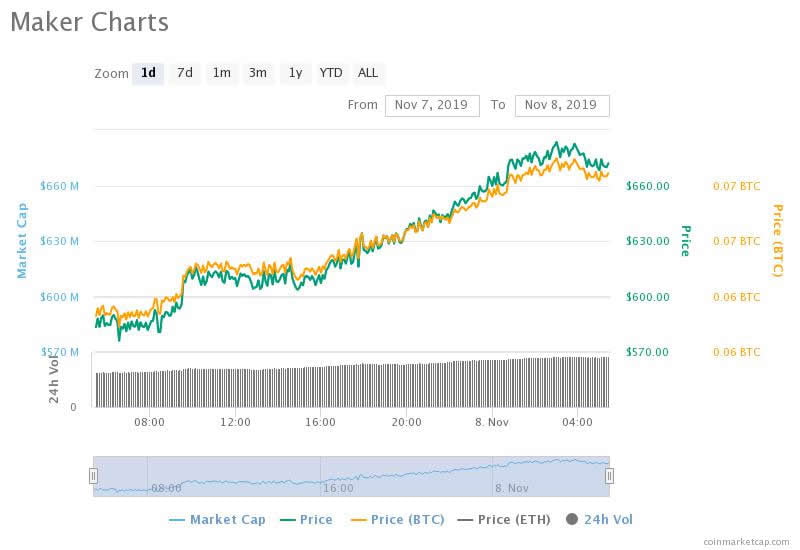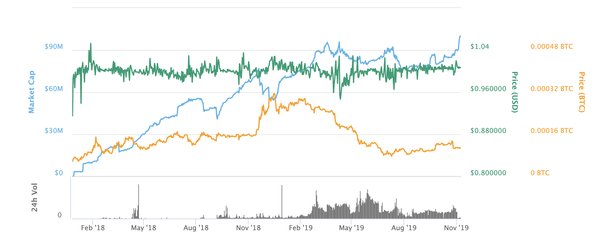2021-6-24 11:18 |
Since the conception of blockchain technology, there has been exponential growth in the development of decentralized technologies. Decentralized Finance or DeFi is one of the leading tech innovations in the 21st century. Adoption has grown and use cases have continued to diversify. The total value locked in the DeFi protocols have long exceeded $10 billion.
But like every technology, there are always hiccups. DeFi requires cheap or free, fast, a trust system, frictionless settlements to be truly decentralized. However, with the rise of Decentralized Exchanges (DEX), high gas fees, slow transaction time, and minimal transaction capacity have been consistent problems.
These drawbacks are common, leading to unsatisfactory experience and creating a barrier of entry for users. Hence, ZKSwap. A truly decentralized exchange built on layer-2 scalability that seeks to solve the existing problems in the DEX space.
What’s ZKSwap?ZKSwap is a decentralized exchange built on the Ethereum testnet as a token swap exchange. It allows its users to exchange tokens from one blockchain to another in a frictionless and easy manner. The DEX enables a cross-chain token swap function between Ethereum, Binance Smart Chain, Huobi ECO chain, and OKChain blockchains.
The whole set of DEX functions is implemented in Layer-2 thanks to ZK-Rollup technology, which also provides infinite scalability and anonymity when transacting on the blockchain. .
Utilizing its own ZKSwap roll-up protocol, ZKSwap is built to allow bundles of hundreds of token swaps across different blockchains in a seamless fashion. This function offers users lower transaction fees, frictionless exchange, and reduces barriers of entry as token holders can now trade more freely. ZKSwap also allows users to transact up to 50 times per day with no gas fees. Fees will only be charged on layer 1 withdrawals.
What makes it more unique is that ZKSwap allows users to add any ERC-20 token or create a token pair. As a result users can do cross chain transactions of any token supported by the different exchange chains.
In addition, user transactions are confirmed and kept off-chain on the ZKSwap layer 2 until withdrawals are requested, allowing for optimal scalability and efficiency. Gas costs are only paid by liquidity providers and customers when they deposit or withdraw tokens from Ethereum layer 1. For zero-cost token transfers, ZKSwap presently supports Metamask, imToken, TokenPocket, and Bitpie wallets.
Why Should You Consider ZKSwap?ZKSwap offers novel features that distinguish them from other decentralized exchanges. Here are some of them:
Gas Fees: token swap performed on the ZKSwap platform is entirely free. Liquidity providers do not need to pay a humongous amount to perform transactions. Fees are only charged on layer 1 withdrawals. Dentralization: a key feature of all DEXes is decentralization. ZKSwap is based on Automated Market Maker (AMM). It takes this to another level as users have full autonomy over their tokens and transactions performed on the network do not require authorization to go through. This offers users privacy and much more comfort when transacting. Cross Chain exchange: one major feature that makes ZKSwap is the cross chain token swap function. Users of Ethereum and Binance Smart Chain (BSC) can perform token swaps across the two exchanges seamlessly. Speed: ZKSwap boasts of ultra high TPS. The ZK-Rollup technology allows transaction speed to be increased by multiple orders of magnitude. PoT: ZKSwap is a new generation decentralized exchange. All users who trade or transact on ZKSwap’s layer-2 platform will get ZKS, a Proof of TransFee (PoT) to incentivize users of the exchange. ConclusionZKSwap is a new layer-2 platform that is revolutionizing the exchange of tokens in the crypto and DeFi space. Because it’s a DEX, it’s built on the Automated Market Maker (AMM). Users would find the platform useful cross chain exchange and the low or no gas fees reduces the barrier of entry for any user.
For additional information, visit https://zks.org/en to learn more.
origin »
Decentralized Machine Learning (DML) на Currencies.ru
|
|
